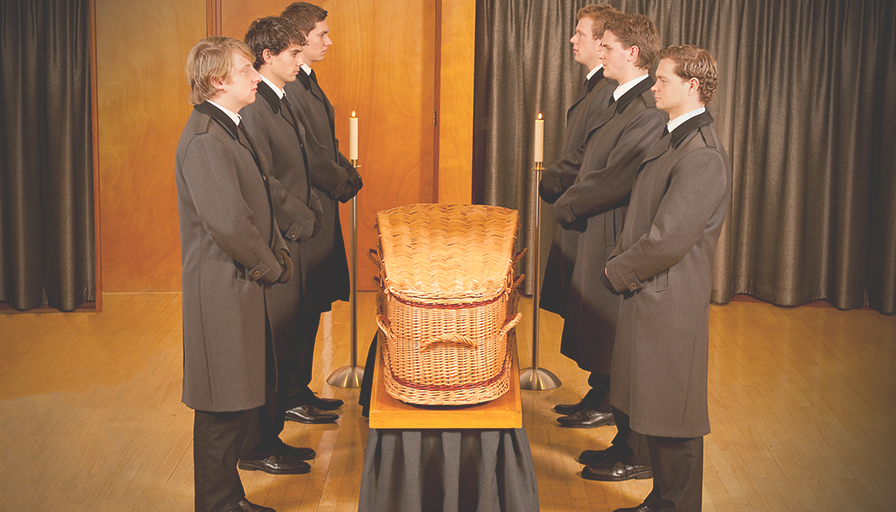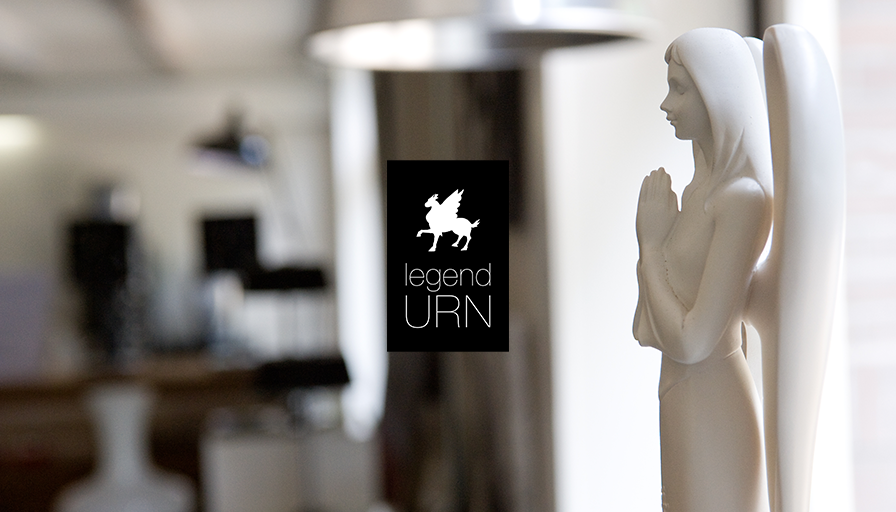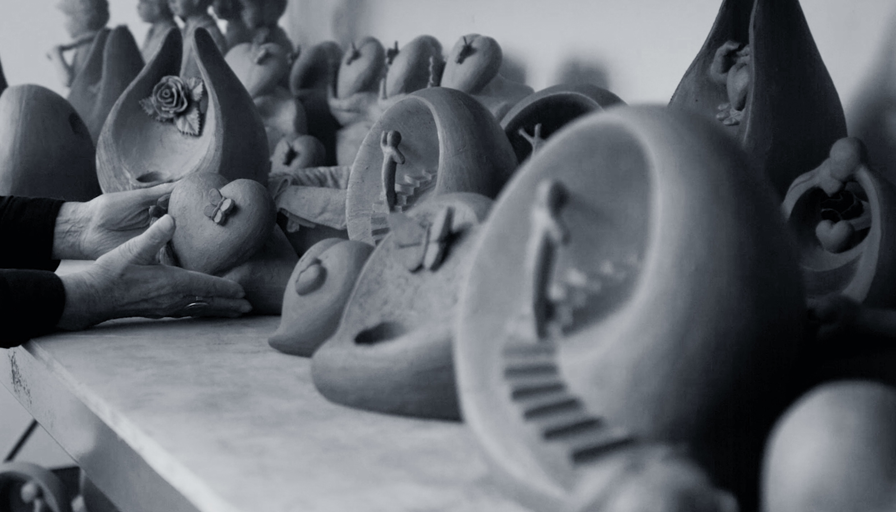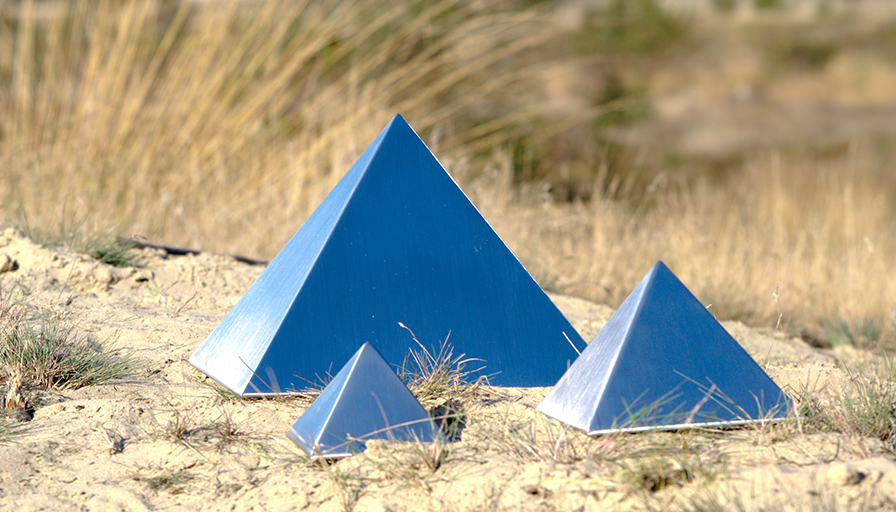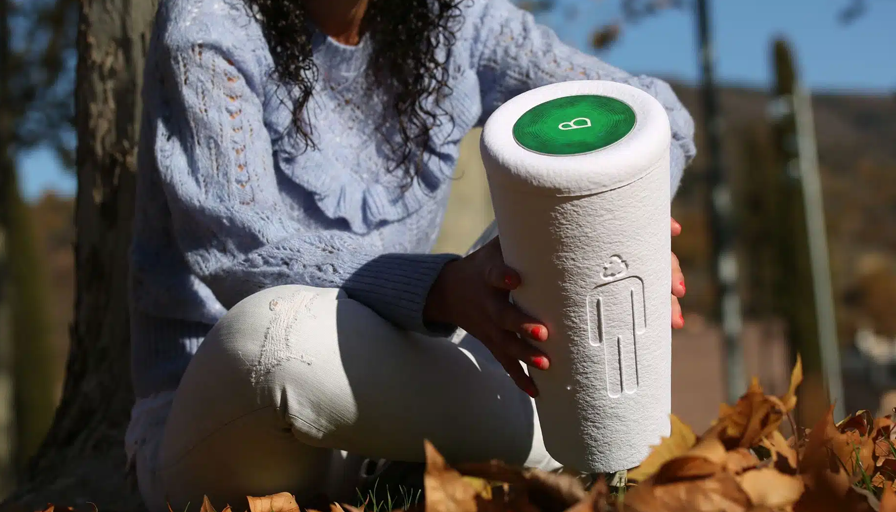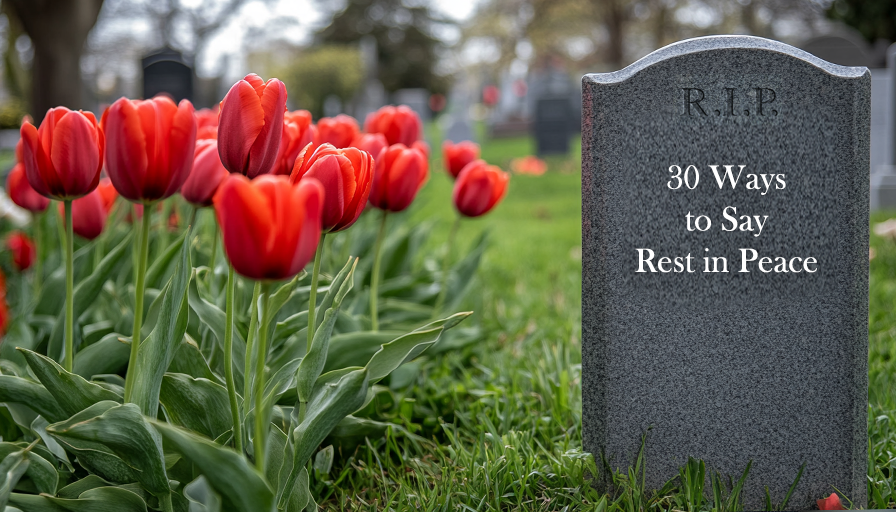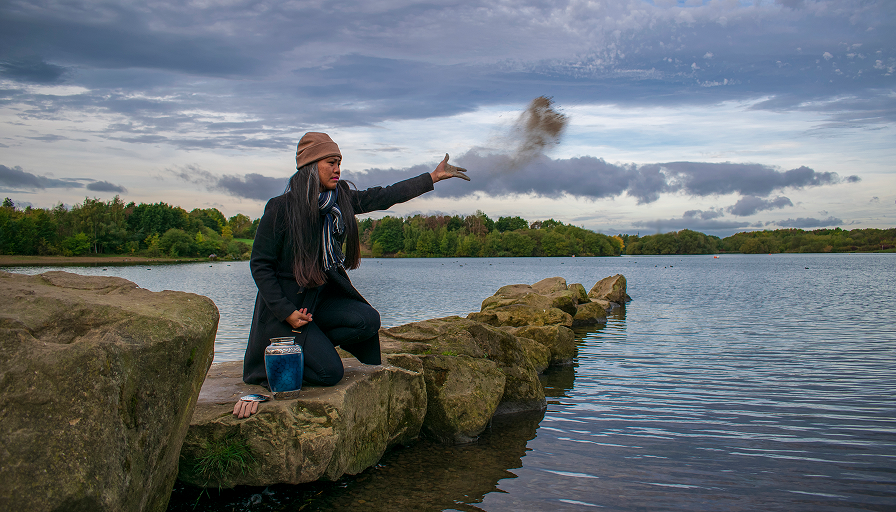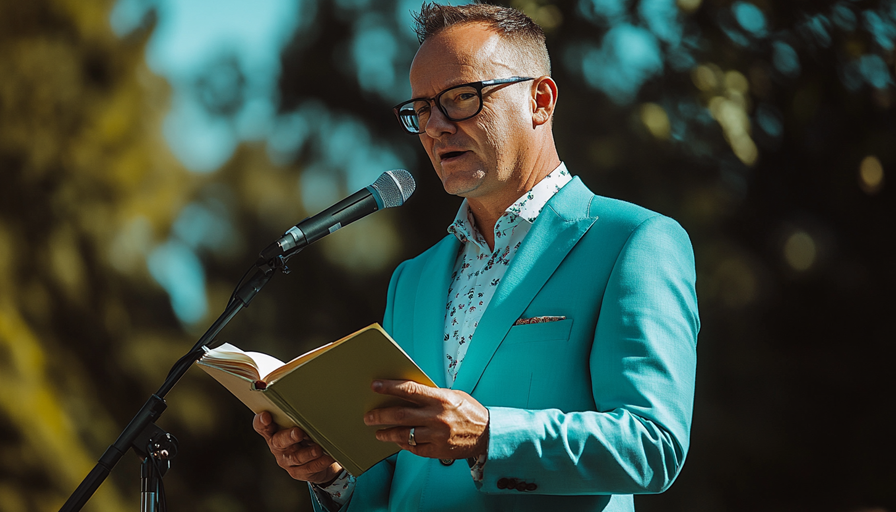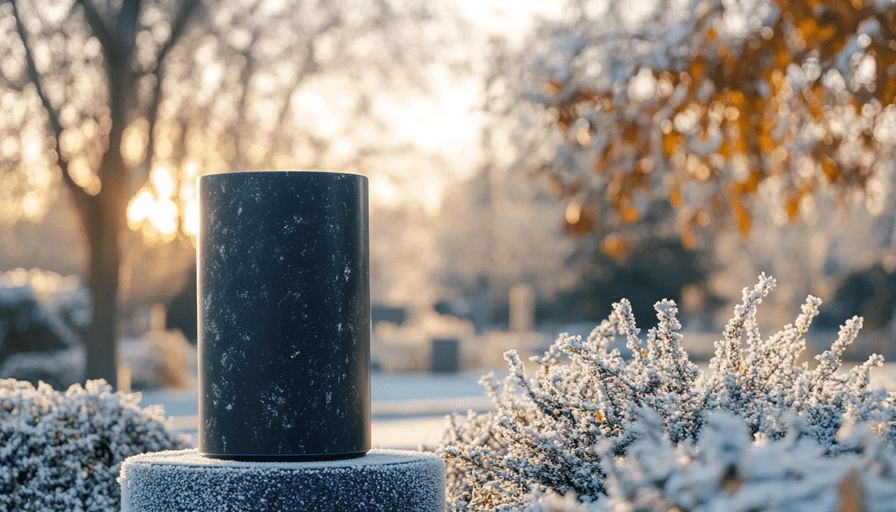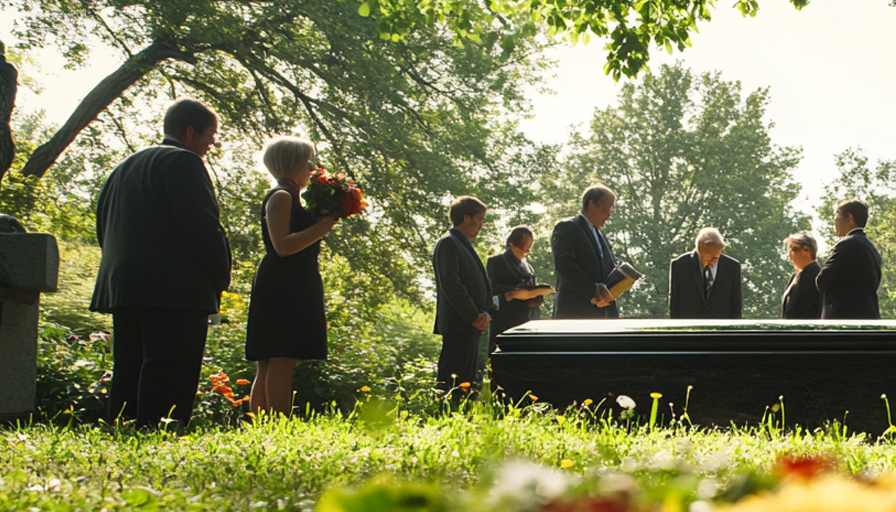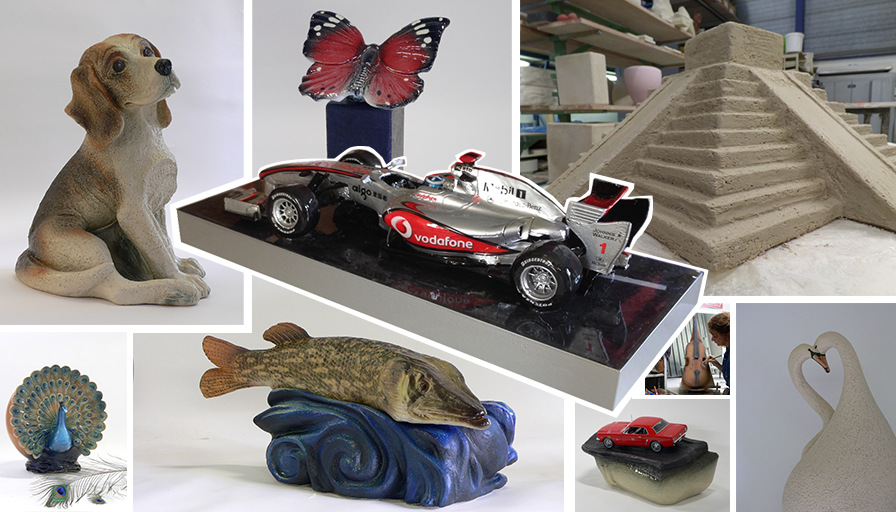Do They Burn the Coffin When You Are Cremated? A Comprehensive Guide to Cremation Practices
Cremation has become an increasingly popular choice for dealing with human remains after death. In many countries, people are choosing cremation over traditional burials due to its environmental benefits, lower costs and the flexibility it provides for memorial services. Despite its growing acceptance, many people still have questions about the process. One of the most common questions is: "Do they burn the coffin when you are cremated?"
What is Cremation? The Basics
Cremation is the process of reducing a deceased body to its basic elements through intense heat. This process typically takes place in a specially designed furnace called a cremator, located within a crematorium. During cremation, the body is exposed to extremely high temperatures. Often ranging between 1,400 and 1,800 degrees Fahrenheit (760 to 982 degrees Celsius). Over the course of 1.5 to 3 hours, the body is reduced to bone fragments, which are then further processed into ashes.
Do They Burn the Coffin During Cremation?
The short answer is yes, the coffin is burned along with the body during cremation. When a body is cremated, it is placed in a coffin or a cremation container. The entire unit is placed inside the cremator. Both the body and the coffin are subjected to the high heat of the cremation process.
Coffins are required for cremation for several reasons, including practicality, safety and dignity. Let’s break down the role of the coffin during cremation:
1. Safety and Practicality
The primary reason for using a coffin in the cremation process is safety. The coffin acts as a protective barrier between the deceased and the individuals handling the body, preventing direct contact. It also ensures that the body is properly contained during transportation and the cremation process itself.
Additionally, the coffin makes it easier to handle the body as it is moved into the cremator. A body placed in a solid container allows for safe and dignified handling, preventing any potential complications during the transfer.
2. Dignity and Respect
In most cultures, cremation is viewed as a respectful way to handle the body after death. The use of a coffin provides dignity to the deceased, allowing their remains to be treated with care and respect throughout the process. A coffin or cremation container ensures that the body is not exposed and it upholds the solemnity of the occasion.
3. Legal Requirements
In many countries, it is a legal requirement that a body be cremated in a coffin or container. This requirement is set to ensure safety, cleanliness and the respectful treatment of the deceased. Most crematoria will not allow a body to be cremated without some form of containment.
What Type of Coffin Is Used for Cremation?
When we talk about coffins for cremation, it’s important to note that they differ from traditional burial coffins. Cremation coffins are typically simpler and made from materials that are suitable for the high-heat environment of the cremator. Here are some of the common materials used for cremation coffins:
Wooden Coffins
Wooden coffins are a common choice for cremation, although they are often made from softer, less expensive woods than those used for burial. Pine, poplar or other lightweight woods are frequently used. These coffins are usually untreated or have minimal varnish or paint, ensuring they burn efficiently in the cremation chamber.
Cardboard Coffins
Cardboard coffins are an increasingly popular choice for cremation, particularly for those looking for an eco-friendly option. These coffins are biodegradable, lightweight and burn easily in the cremator, leaving behind minimal residue. They are also more affordable than traditional wooden coffins, making them an attractive option for those seeking a simpler approach to cremation.
Particleboard or MDF Coffins
Some coffins are made from particleboard or medium-density fiberboard (MDF), which are both pressed wood products. These materials are sturdy enough to support the body but are also easy to burn in the cremation process. These types of coffins are often covered with a wood veneer or laminate for aesthetic purposes, but care is taken to ensure that any finishes are minimal and non-toxic.
Biodegradable Coffins
For those seeking an environmentally conscious option, biodegradable coffins made from materials like wicker, bamboo and even banana leaves are available. These coffins break down naturally during the cremation process and are often chosen for their eco-friendly properties.
Is It Possible to Cremate a Body Without a Coffin?
In most cases, a coffin or cremation container is required by law or by the crematorium’s internal policies. However, there are some instances where alternative methods may be used:
Direct Cremation Containers: some crematoria allow for a simple, rigid container to be used instead of a traditional coffin. These containers are typically made from cardboard or wood and serve the same purpose as a coffin, but they are often much simpler in design.
Shrouds: in some cultures or religious practices, the body is wrapped in a shroud rather than placed in a coffin. In these cases, the body is still placed in a simple container for safety and handling during the cremation process, but the emphasis is on using the shroud as the primary covering.
Regardless of the specific container used, the requirement to have some form of enclosure during cremation is nearly universal for both practical and ethical reasons.
Environmental Concerns: What Happens to the Coffin’s Remains?
When the cremation process is complete, both the body and the coffin have been exposed to extremely high temperatures. As a result, most of the materials in the coffin, such as wood or cardboard, will have been reduced to ash along with the body. Some elements may not burn completely, such as nails, hinges, handles and prostheses made of metal.
These non-combustible materials are typically removed from the cremated remains using magnets or other tools. They are either recycled or disposed of according to the crematorium’s protocols. The remaining ashes, which consist primarily of bone fragments, are then processed into a fine powder and returned to the family as the final cremated remains.
Can You Choose Not to Use a Coffin for Religious Reasons?
Certain religious or cultural traditions may have specific guidelines regarding cremation and the use of coffins. For example, some Hindu or Buddhist practices favor the use of a shroud over a coffin. In such cases, crematoriums may allow exceptions to their standard policies. As long as safety and legal requirements are still met.
It’s always a good idea to check with the crematorium ahead of time to understand their policies and see if they can accommodate specific religious or cultural requests.
Final Thoughs: The Role of the Coffin in Cremation
To answer the original question, yes, the coffin is burned along with the body during cremation. The coffin serves both practical and symbolic purposes, ensuring the body is handled with care, dignity and respect throughout the process. While the type of coffin used may vary, from wooden and biodegradable options to simple cardboard containers, its purpose remains the same: to provide a safe and respectful vessel for the deceased during cremation.
Understanding the cremation process and the role of the coffin can help families make informed decisions when planning a cremation service. Whether choosing a traditional wooden coffin, an eco-friendly alternative or a simpler container, the most important thing is that the process reflects the values and wishes of the deceased and their loved ones.
If you have any questions, comments or according to you certain information is missing after reading this post, feel free to contact us via the contact form.

